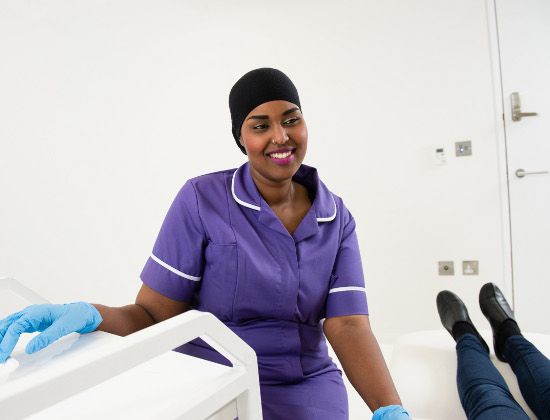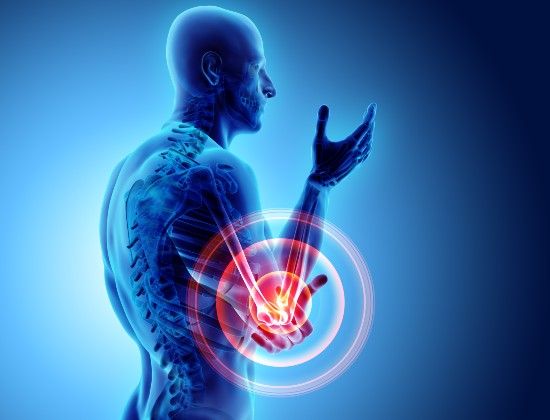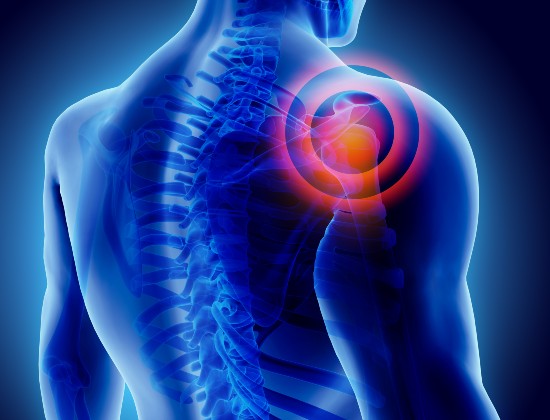Shoulder osteoarthritis
A lubricating layer known as articular cartilage covers the ends of the bones in the shoulder joint, and this helps to minimise friction. OA of the shoulder is pain and irritation in the cartilage.
How is it caused?
As cartilage wears out, the rough surfaces of the bones begin to rub against one another and the shoulder becomes painful, stiff and inflamed. OA usually develops after many years of use, which is why it normally affects people who are middle-aged or older.
What are the symptoms?
Pain and a reduced range of motion within the joint are common symptoms.
How is it diagnosed?
A medical examination and discussion of your symptoms is usually backed up by an X-ray, blood tests and, in some cases, an MRI or CT scan to examine the joint for bone spurs, erosion of the socket, or other damage.
How is it treated?
Treatment will depend on a number of factors including your medical history, age, future ambitions and the results of diagnostic imaging tests.
Non-operative treatment: this includes anti-inflammatory medications, if advised by your doctor, which can help to control the symptoms if the OA is in its early stages. You may also be offered steroid or joint lubricant (hyaluronan) injections, which can be very effective.
Surgery: if non-operative treatment does not relieve your symptoms, you may be advised to have surgery to clean up the joint (debridement). In the early stages this can usually be carried out using arthroscopy; however, if your OA is advanced you may need to have shoulder replacement surgery.
Important: This information is only a guideline to help you understand your treatment and what to expect. Everyone is different and your rehabilitation may be quicker or slower than other people’s. Please contact us for advice if you’re worried about any aspect of your health or recovery.





